This site uses cookies for analytics and to improve your experience. By clicking Accept, you consent to our use of cookies. Learn more in our privacy policy.
Strong operations management separates restaurants that thrive from those struggling to make it another month. Operators who build efficient, data-driven processes are better prepared to adapt to challenges like rising costs, labor shortages, and shifting guest expectations.
Whether you’re running a single café in Chicago, a steakhouse in Dallas, or a multi-unit franchise across Florida, this guide breaks down everything you need to know about restaurant operations management, from why it matters to the software, metrics, and strategies that drive success.
Restaurant operations management is the backbone of every successful restaurant. At its core, operations management ensures that every area of the restaurant—back-of-house, front-of-house, back office, and corporate—runs in sync. When systems are disconnected, managers spend hours reconciling numbers, tracking down invoices, or building schedules by hand. This creates inefficiencies that eat away at time and profits.
Modern restaurant operations platforms replace fragmented processes with a connected system. With real-time data and automation, operators gain tighter control over costs and free managers to focus on leadership and guest service. Instead of waiting days for reports, leaders can see how the restaurant is performing by the hour, make immediate adjustments, and stay ahead of challenges before they turn into problems.
Strong restaurant management systems help operators:
Restaurant operations software connects all areas of the business, giving operators the visibility and automation needed to run efficiently and profitably.
Restaurant industry margins are razor thin, and blind spots in costs or scheduling can quickly erode profitability. A strong operations system creates clarity and consistency across the organization.
Without centralized control, each location might use different recipes, portioning, or scheduling practices, leading to inconsistent food quality, higher waste, and labor inefficiencies. Operators often find themselves relying on outdated spreadsheets or gut instincts, which makes it nearly impossible to spot small issues before they grow.
With an operations system, restaurants gain real-time visibility into their two biggest costs: food and labor. Instead of reconciling invoices days later, managers can compare actual vs. theoretical food costs immediately. Scheduling tools forecast labor needs and prevent costly overtime before shifts even start. Automated workflows eliminate hours of manual entry, freeing leaders to spend more time on the floor coaching staff and engaging with guests.
A restaurant operations system eliminates blind spots by providing:
Ultimately, a restaurant operations system gives operators the ability to scale. What works for one restaurant rarely works for 10 or 50. By standardizing processes, owners ensure consistency across every unit while still allowing each location to respond to its own demand.
The right restaurant operations software is a force multiplier for restaurant operators. But with so many tools available, it’s important to focus on platforms built specifically for restaurants rather than generic business systems.
Restaurants that implement modern operations software see measurable results that directly impact the bottom line. Here are some examples:
Back-of-house operations are where margins are made or lost. Even a popular restaurant can struggle financially if costs aren’t controlled behind the scenes.
Together, these tools help operators reduce waste, cut costs, and run kitchens that are both efficient and profitable.
Discover more insights into restaurant back-of-house operations.
Front-of-house (FOH) is where guests interact directly with your restaurant, making smooth operations essential to building loyalty.
One of the most critical FOH functions is accurate forecasting. Knowing how busy a night will be ensures the right number of servers and hosts are on the floor. Understaffing leads to long waits and poor service, while overstaffing drives up labor costs unnecessarily.
Communication is another cornerstone of effective FOH management. When managers, servers, and kitchen staff are aligned, service runs smoothly. Many modern systems include mobile tools that let staff communicate in real time, reducing confusion and keeping orders flowing efficiently.
FOH operations also benefit from real-time reporting. Sales data reveals which menu items are most popular, when peak hours occur, and how promotions impact guest traffic. Managers can use this information to adjust staffing, menus, and marketing efforts.
Ultimately, FOH operations are about creating memorable guest experiences. When staff are supported with the right tools and clear processes, they can deliver service that keeps guests coming back.
The right reporting can turn that data into actionable insights, helping you control costs, boost productivity, and improve profitability. While many operators stick to a few high-level numbers, digging deeper into operational reporting provides a clearer picture of performance.
Here are 12 important restaurant operations metrics every operator should track:
Implementing restaurant operations software is only part of the solution. To maximize value, operators should take a structured approach:
Even well-run restaurants benefit from regular operations audits. An audit helps identify inefficiencies and ensure that processes are being followed consistently.
Start by reviewing inventory accuracy. Compare physical counts to system data to identify discrepancies and prevent shrinkage. Next, analyze scheduling efficiency by comparing labor spend against sales patterns. Over time, this reveals opportunities to adjust staffing levels and reduce overtime.
Process consistency is another critical area. Recipes, portion sizes, and service standards should be followed precisely across shifts and locations. Variations often point to training gaps that need attention.
Then evaluate technology adoption. Even the best systems require buy-in. Ensure managers and staff are using available tools as intended and provide refreshers and training when needed.
For multi-unit and franchise operators, consistent execution across locations is both the biggest challenge and the greatest opportunity. A franchise that delivers the same guest experience every time builds stronger loyalty and scales faster.
Centralized operations software makes this possible. By standardizing menus, recipes, and reporting, franchisors and franchisees ensure that every unit delivers the same quality and profitability benchmarks. Centralized purchasing and vendor management also create leverage, lowering food costs across the brand.
Real-time visibility is equally important. Operators can compare performance across units, quickly identify underperforming locations, and implement targeted support. Instead of waiting for monthly roll-ups, franchisors can see how every location is performing daily.
Compliance and training are also streamlined. Software ensures that each location follows labor laws, tax regulations, and brand standards. Training modules can be delivered consistently to all staff, ensuring everyone operates on the same playbook.
With a unified approach to franchise operations, brands can expand confidently, knowing that consistency, quality, and profitability will scale with them.
Check out the ultimate guide to streamlining franchise operations.
Keeping things consistent across multiple restaurants is tough. Guests expect the same great food and service whether they’re visiting your flagship location or a spot across town. Without clear systems, small differences in recipes, portion sizes, or staffing practices can quickly eat into profits and chip away at your brand.
The first step is formalizing everything. Document recipes, prep methods, portion sizes, and service standards in one central place so everyone’s working from the same playbook. A digital hub makes it easy to update procedures and keep locations on the same page.
Technology helps too. A single operations platform connects accounting, inventory, labor, and training across all your restaurants, giving you real-time visibility and making it simple to share best practices. When managers can see side-by-side data, it’s easier to spot gaps, celebrate wins, and roll out improvements.
A few ways to make standardization stick:
Learn how to standardize operations across all restaurant locations.
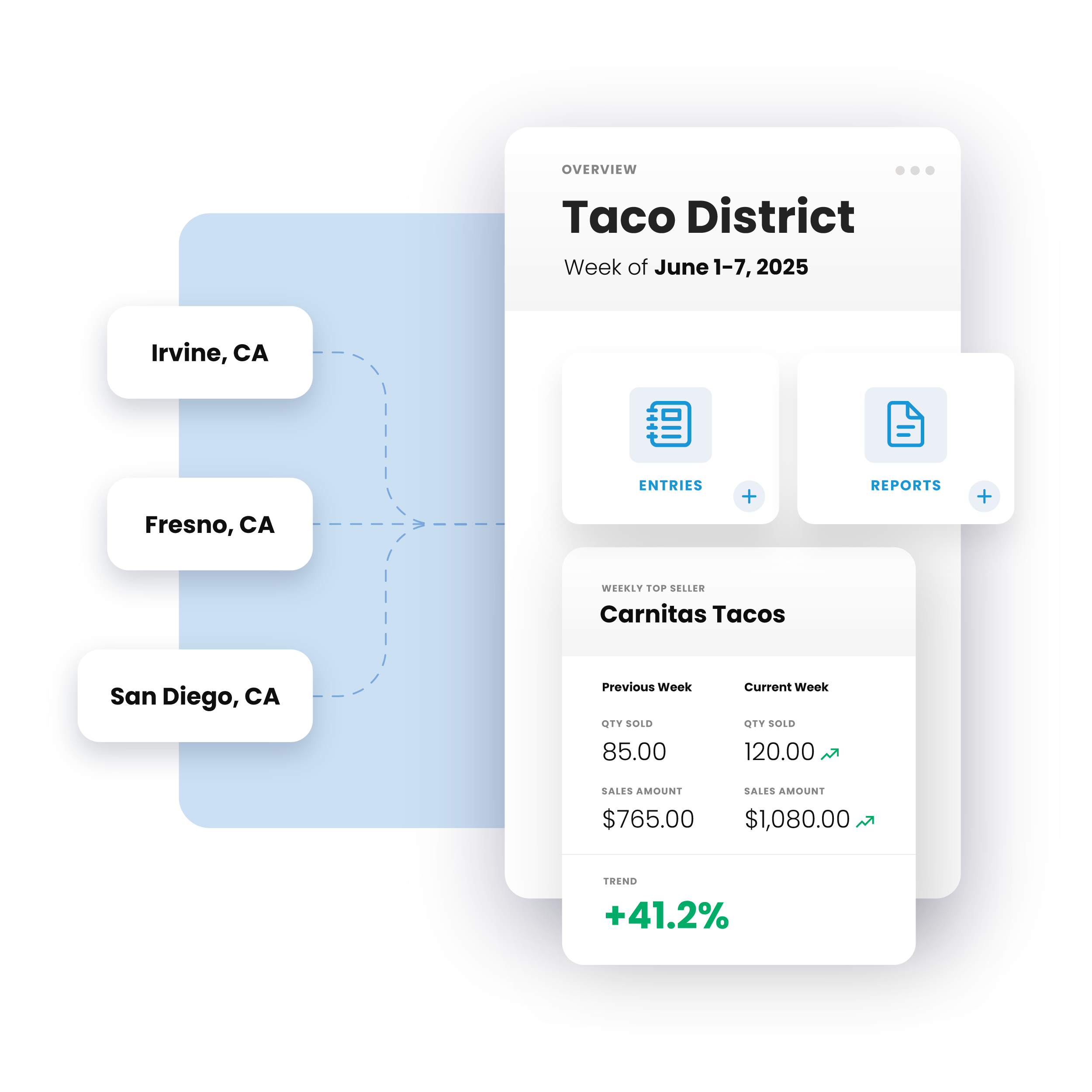
When your finance team and operations work hand in hand, managers get the timely insights they need to make smarter decisions and protect margins.
Rather than waiting weeks for period-end reports, finance can provide daily or weekly snapshots of food and labor costs. This real-time view lets operators adjust schedules, tweak prep and purchasing, and safeguard profits before small issues turn into big losses.
Finance also helps bring consistency across locations. By setting clear accounting practices, vendor terms, and cost-tracking methods, they ensure every unit reports the same way. This builds trust in the numbers and makes it easier to compare performance.
Ways your finance team can strengthen operations:
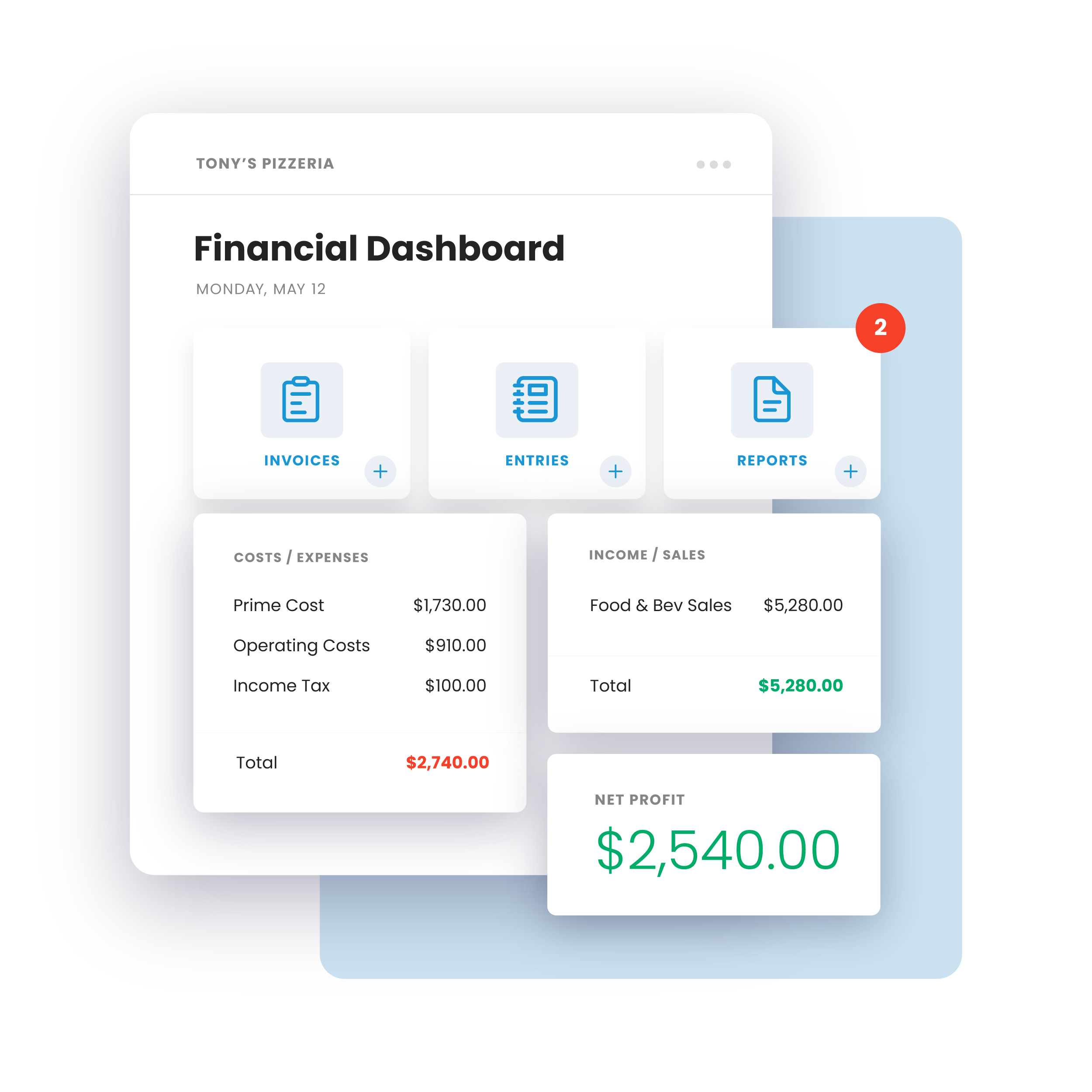
Restaurant operations are continually evolving. Costs, labor, and technology are all moving targets, and the operators who adapt early will come out ahead.
One of the biggest changes is the move toward real-time decision making. Waiting until the end of the week to see how you’re performing just doesn’t cut it anymore. Operators with live food, labor, and sales data can adjust on the fly, protect margins, and stay ahead of surprises.
Another shift: automation as a competitive edge. Tasks like invoice entry, inventory counts, and scheduling used to eat up countless hours. Now, forward-thinking restaurants are automating the busywork so managers can spend more time coaching teams and taking care of guests.
There’s also a new emphasis on the employee experience. High turnover has made onboarding, training, and communication just as critical to operations as recipes or schedules. Simple mobile tools and clear processes help staff feel supported and deliver better service.
And, of course, guests themselves are changing. They expect faster service, consistent quality, and seamless digital interactions. Systems that connect the back and front-of-house help meet those expectations without overwhelming your team or damaging quality.
Trends worth paying attention to:
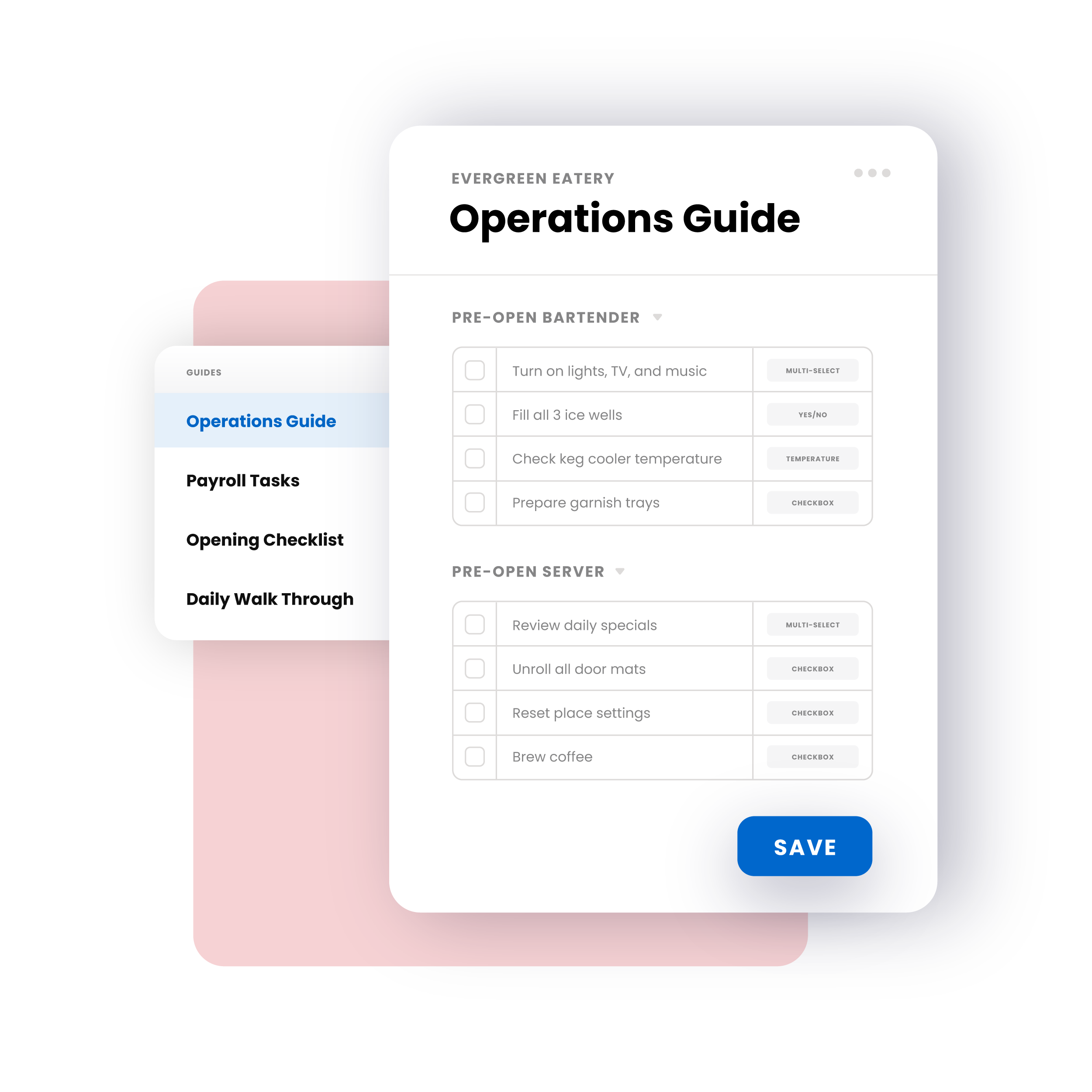
Back in 1990, Carmine’s opened in New York City with a simple idea: serve big, family-style Italian meals with genuine hospitality. Over the years, that one restaurant grew into Alicart Restaurant Group, a multi-concept company running several high-volume restaurants. But as the business expanded, the tools they were using to manage it didn’t. Spreadsheets and disconnected systems that once worked fine were now slowing everyone down. Reports took too long, data lived in different places, and a big corporate staff was needed just to input and reconcile numbers.
That’s when Alicart turned to Restaurant365:
With more than 200 built-in dashboards and alerts, Alicart’s back-office team has gone from crunching numbers to spotting opportunities. Managers can now catch issues before they hit the bottom line and keep operations unified and efficient across every location.
Read more about how Alicart Concepts streamlines operations and cuts 3% in costs.
Great restaurant operating software takes the guesswork and busywork off managers’ plates so they can focus on guests and growth. It delivers real-time data for smarter decisions, automates the tasks that eat up hours, and scales easily as your business expands.
The strongest platforms put your entire operation at your fingertips. Up-to-the-minute performance data lets you and your managers spot issues early, fine-tune processes, and boost margins. Built-in integration and automation free your team from administrative work so they can spend more time improving guest experiences and reaching strategic goals.
Look for software that can:
Learn more about the best restaurant operating software for your business.
✅ Integrates assessments with training, scheduling, and payroll (via built-in LMS and accounting interface)
✅ Real-time reporting on completions and performance (dashboard visibility for training adoption)
✅ Mobile-friendly, scenario-based assessments (employees can complete training from devices on the floor)
✅ Best for multi-location operators who want manager development tied into daily operations
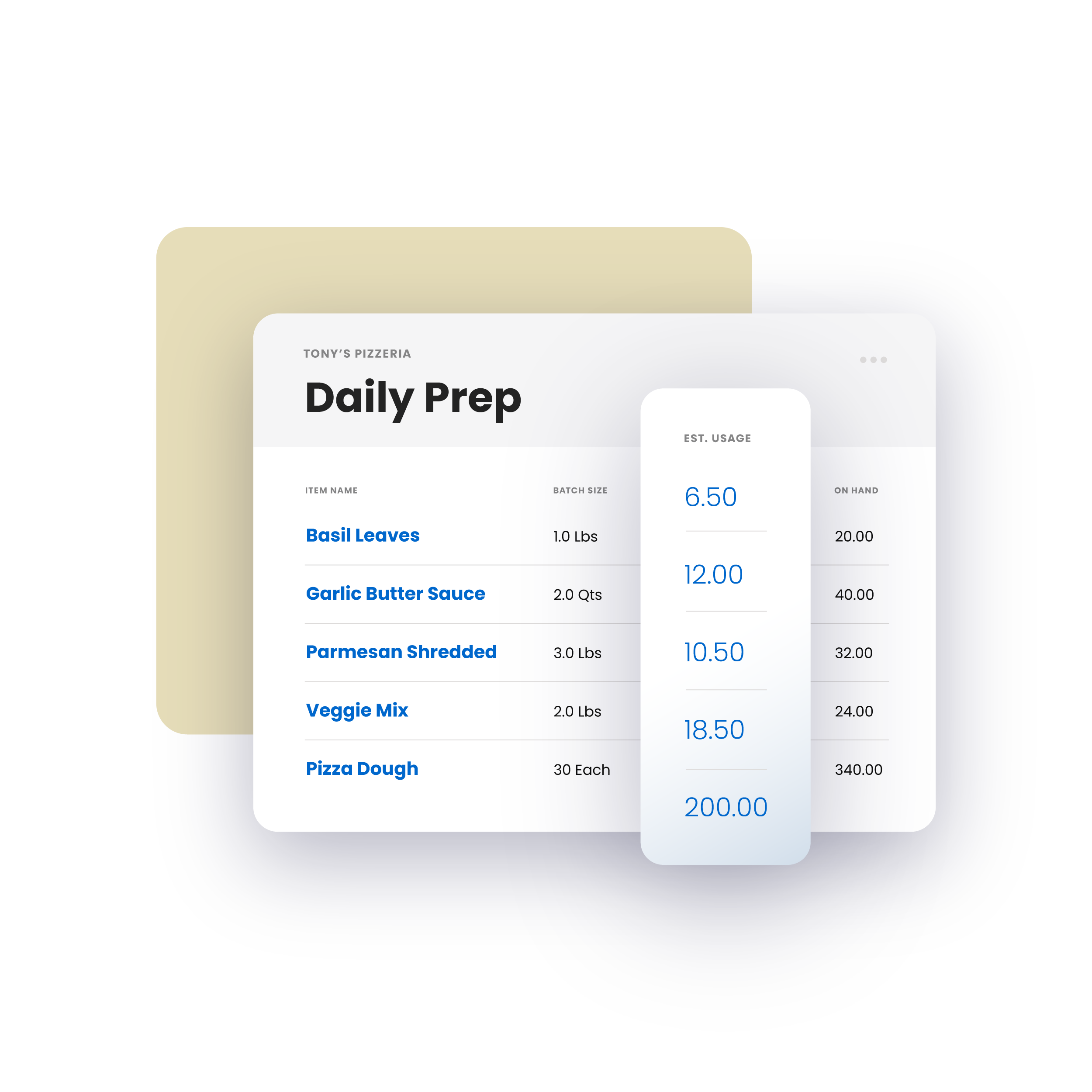
✅ Includes training resources integrated with the POS via Toast Classroom, offering staff and manager learning tied to the system
❌ Does not typically integrate assessments directly with scheduling or payroll modules (training is more standalone)
❌ Lacks deep, restaurant-specific assessment to performance linking by default

✅ Easy to adopt, low barrier for testing with basic training resources and user guides
❌ Lacks built-in, robust assessment or certification modules for managers
❌ Requires separate systems or manual tracking if you want to tie training results to operations or performance metrics

Restaurant operations management is the coordination of all the moving parts that keep a restaurant running day to day — from purchasing and inventory to scheduling, service, and accounting. Good operations management ensures consistency, efficiency, and profitability across back-of-house, front-of-house, and corporate functions.
Track food and labor daily, not just at period close. Compare actual vs. theoretical food costs to catch waste, portioning issues, or vendor discrepancies early. Forecast labor based on sales trends to schedule smarter and prevent overtime before it happens. These habits let you act before costs spiral.
Successful operators typically rely on an integrated platform that combines accounting, inventory, scheduling, payroll, and reporting in one place. This eliminates double entry, improves accuracy, and gives managers real-time visibility so they can make adjustments quickly.
When managers and staff aren’t bogged down by manual tasks, they can focus on guests. Smooth operations mean faster seating, consistent food quality, and attentive service — all of which drive loyalty, repeat visits, and higher sales.
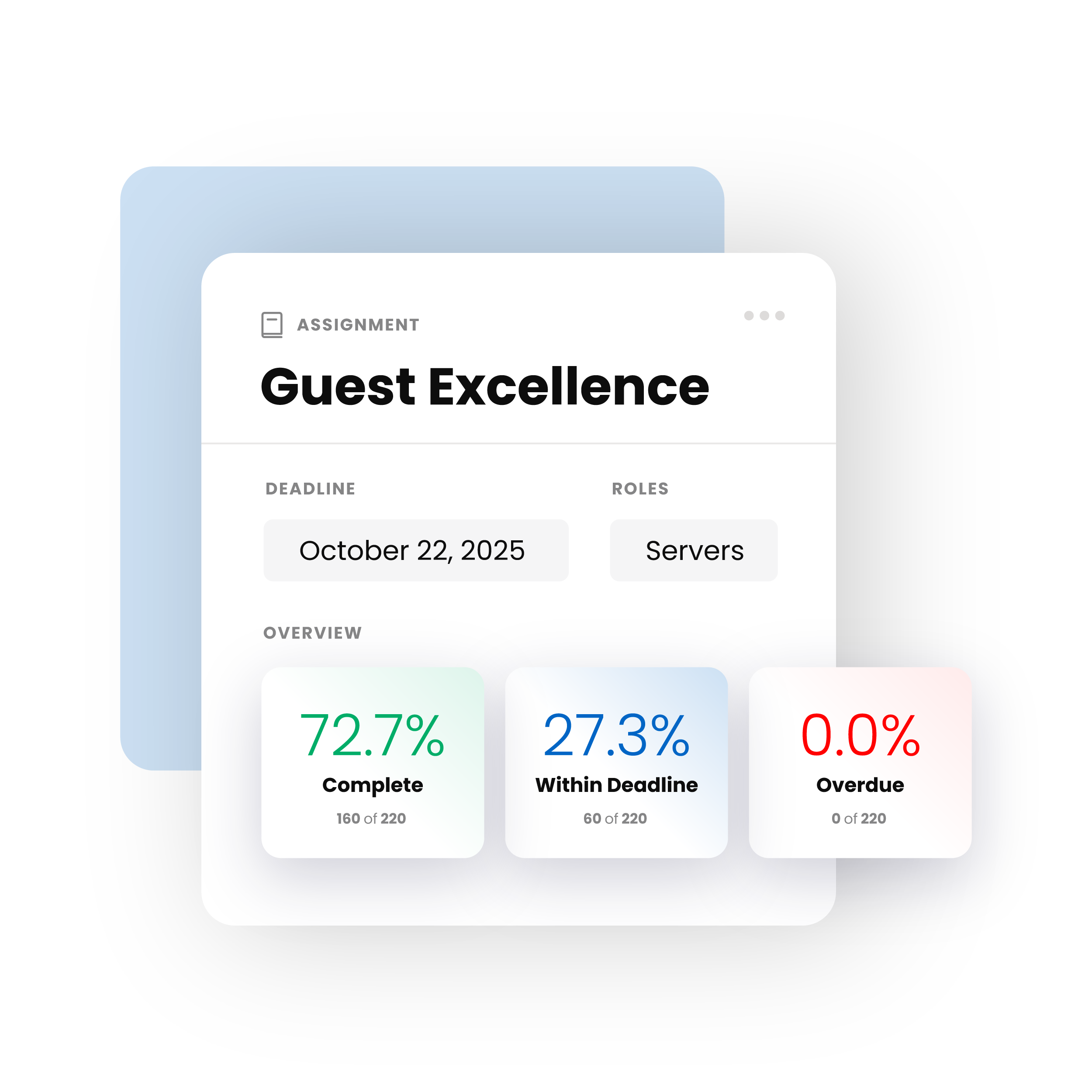
Document recipes, portion sizes, service standards, and checklists in one central hub, then roll them out digitally to each location. Use the same scheduling, payroll, and reporting tools across all units so you can compare performance side by side and quickly address inconsistencies.
Beyond features, the true measure of a great system is the impact it has on your business. Here’s what users are saying:
“R365 has helped us increase our efficiency by giving as much transparency to as many people as we want. Any of our chefs can go in and run a P&L report to see their prime costs, so there’s a lot less of us creating reports and sending them to people and a lot more of people going in and finding out what they need to know on their own. As a result, we’ve found that there’s more engagement from our managers and chefs on food costs, which make up 60% of our expenses.”
Colin Healy, Chief Financial Officer
HOUSEpitality Family
Blog Menu
Good operations management turns a complex, fast-moving business into something manageable and scalable. Standardizing processes, tracking key metrics in real time, and equipping your team with the right tools gives you tighter control over costs, more consistent execution, and a better guest experience at every location.
Modern restaurant operations platforms take the guesswork and busywork off managers’ plates, freeing them to focus on leadership, training, and growth. Whether you’re running one café or a multi-unit franchise, the principles are the same: clear processes, real-time data, and continuous improvement create stronger margins and happier guests.
If you’re ready to streamline your restaurant operations, build better cost controls, and scale with confidence, you can request a demo today to see how the right operations platform makes it possible.
Share this blog:
See why more than 40,000 restaurants use Restaurant365
Learn more about the only cloud-based, all-in-one restaurant-specific accounting, inventory, scheduling, payroll, HR, and reporting software platform that seamlessly integrates to your POS, vendors, and financial institution.
Restaurant365 brings together accounting, operations, scheduling, and more in a flexible platform—empowering restaurants to choose the solutions they need and scale with confidence.